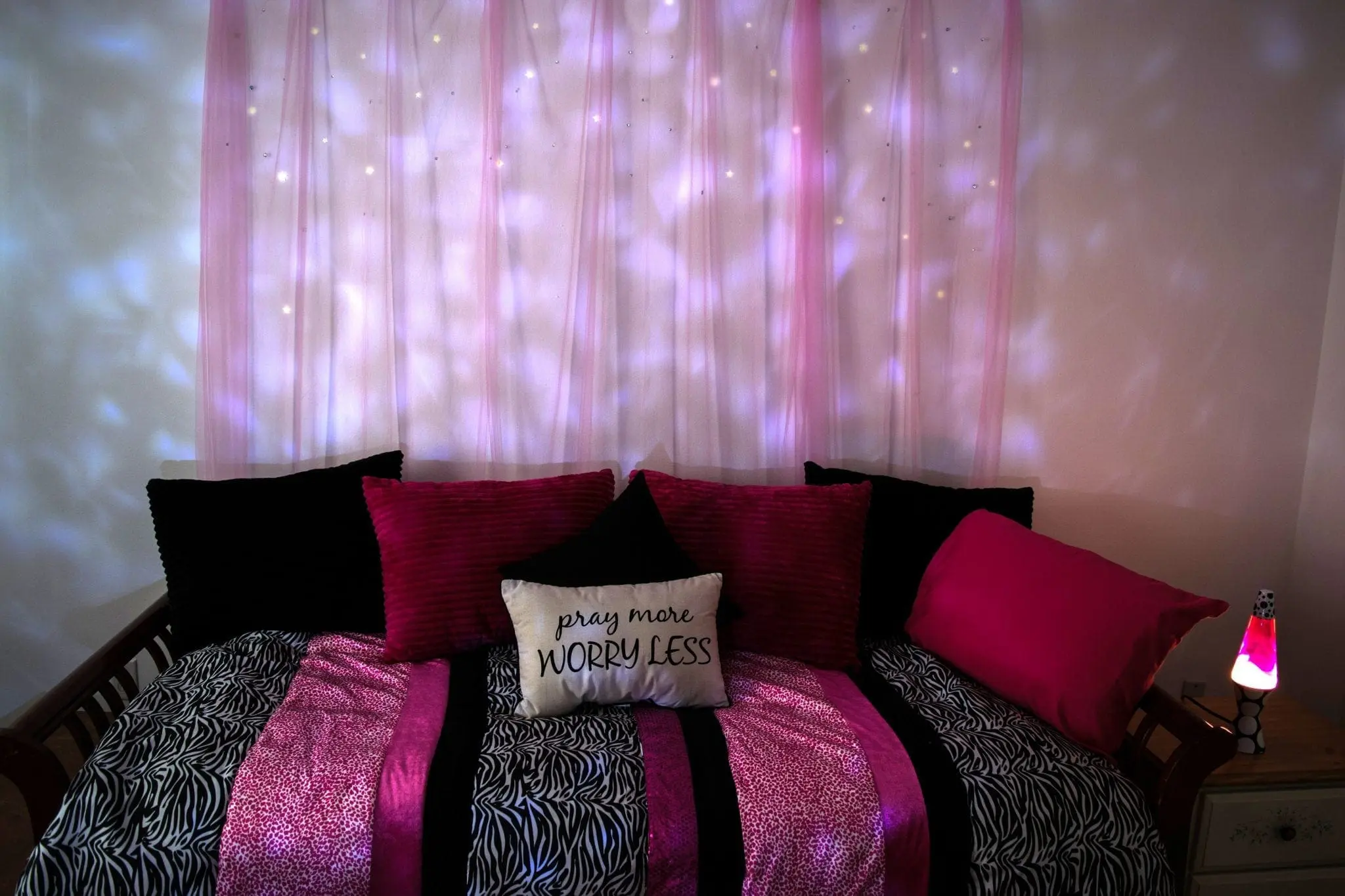Your bedroom color scheme should help promote restful slumber and boost energy in the morning. Check out these designer-selected shades to create an entrancing, relaxing room that won’t disappoint.
To create an effective monochromatic color scheme, combine two adjacent colors on the paint swatch – blue and navy work well since they both share similar bases.
Blue
According to one color study, blue is the ideal calming shade for bedrooms. It pairs beautifully with crisp whites, soft greens, and shades of gray.
If you love the look of blue but want to add some contrast in your bedroom, use it as an accent color instead of using it as the primary hue on walls. Select a lighter shade than your preferred hue and bring interest through pillows, rugs, and art.
Beige is an attractive neutral that works well with wood furniture and natural elements in the bedroom. For an updated take, try Sherwin-Williams Accessible Beige as a more contemporary choice.
Green
Green hues offer the ideal balance of cool and warm tones, making them soothing to many people. Furthermore, these colours can also energize morning activities while refreshing them at night; try soft jewel tones such as Sherwin-Williams’ Silent Ripple for an aesthetically pleasing space that provides both peace and uplifting vibes at once!
Yellow can have similar calming effects as blues, though it’s best to choose cooler hues as warmer tones may prove too stimulating right before bed. Like purple, orange and red hues should also be avoided to prevent triggers that may provoke fight-or-flight responses and interfere with sleep.
For an understated bedroom atmosphere, gray shades can provide the perfect neutral base. Versatile in nature, gray can come in various shades from cool off-white hues like Sherwin-Williams’ Sea Salt to warmer neutral tones such as Dunn-Edwards’ Cold Wind – it all depends on what works for you!
Purple
A bedroom color scheme featuring shades of purple can be both soothing and uplifting, according to one color-psychology study. Accordingly, purple may evoke feelings of luxury and wealth while darker hues may convey sadness or frustration – so use them sparingly as accents or furniture paint colors.
If you prefer sleeping to a more soothing background, choose Sherwin-Williams Evergreen Fog or Behr’s Breezeway as they make for relaxing shades that pair nicely with white furniture and can serve as allover wall color options.
Start small when it comes to using brighter hues in your room by starting with an upholstered headboard or bedframe in an eye-catching shade of purple, adding accent colors through accessories like rugs or throw pillows or exploring complementary color schemes (blue and orange for instance).
Brown
Brown can create feelings of stability and security in bedrooms. But choosing the appropriate shade can be key; too much brown can feel heavy and dull compared to lighter hues like tan and beige which offer better light reflection.
Make use of color samples to see how paint will appear in different times and lighting conditions in your room, Sherwin-Williams offers 2″x3″ samples for free in stores; or order one online.)
An otherwise neutral bedroom can still make an impactful statement when accessorized with colorful pillows, artwork and furniture. Here, pale tan walls serve as the ideal background for coral-orange and aqua blue abstract floral print shams featuring abstract floral print. Fabric tones carry through into wood furnishings and accents for an effective finishing touch.
Black
Black can make a powerful statement in your bedroom color scheme and elevate its elegance and sophistication. However, use sparingly to avoid creating an overwhelming space.
Neutral colors offer a soothing backdrop for any style of bedroom, from soft shades of grey such as sage and olive for a relaxing effect, to deeper hues of green which work especially well in south-facing bedrooms.
Add texture and interest to a neutral bedroom color scheme by including elements like damask wallpaper or patterned pillows with damask patterning or tones from within the same color family such as this floral print set by Feldman.
Use the 60-30-10 approach when selecting bedroom wall colors. A light shade, such as cream in this room, should occupy 60% of wall area; darker gray should make up 30%; and finally use an eye-catching accent color such as pink for 10% of wall space.




